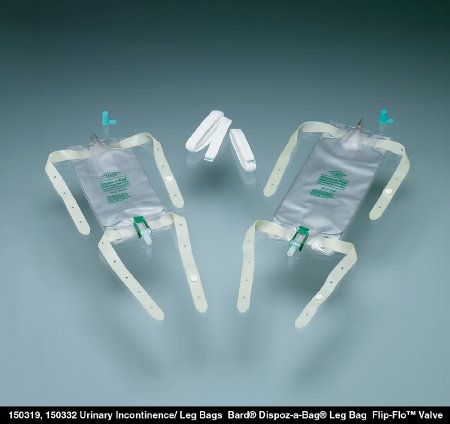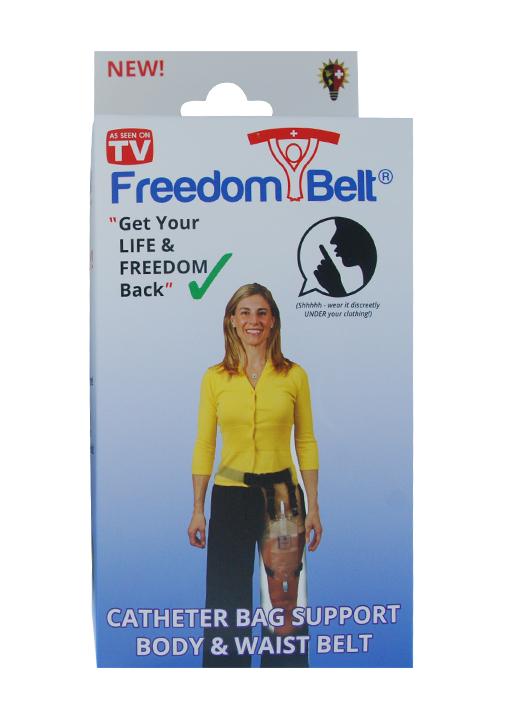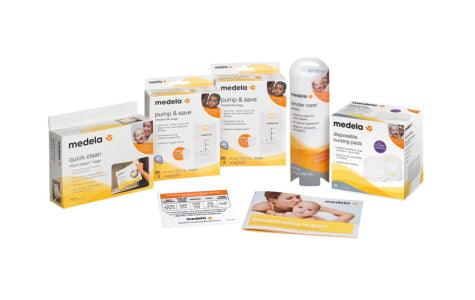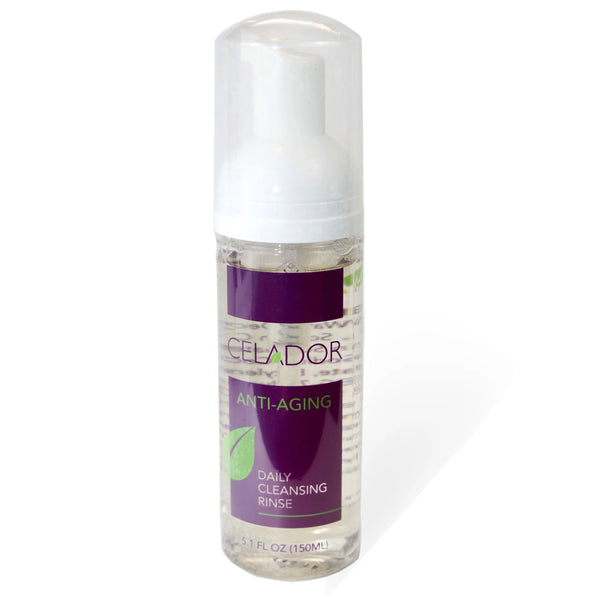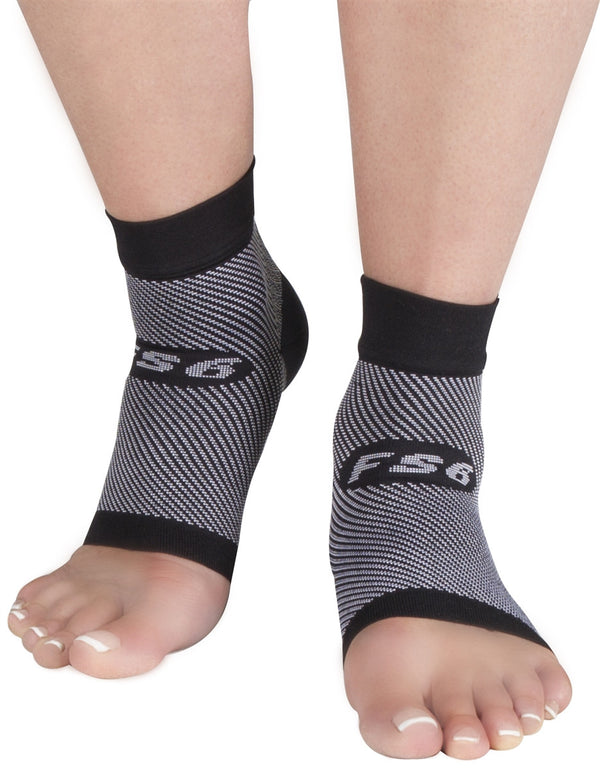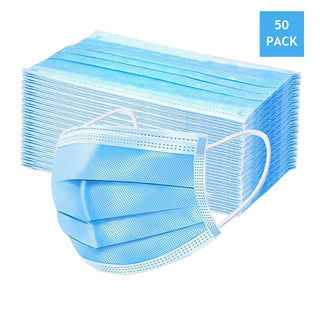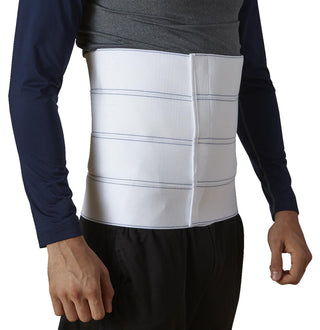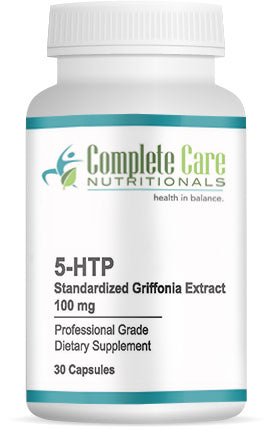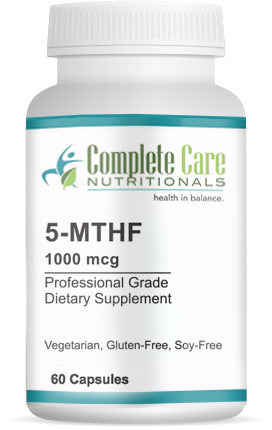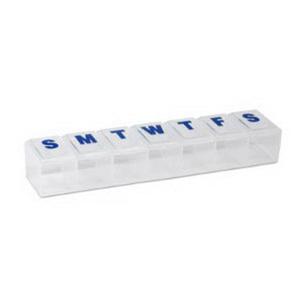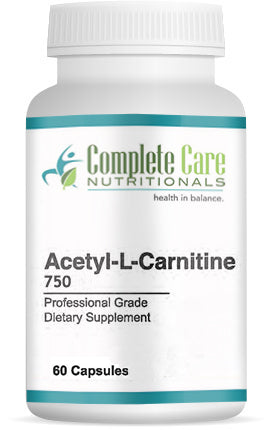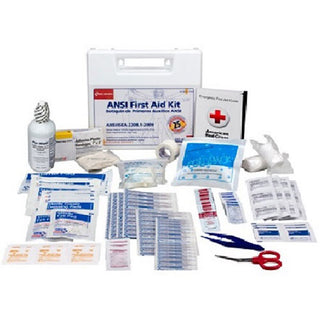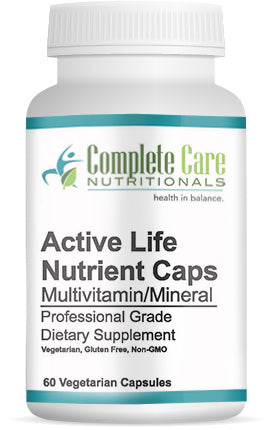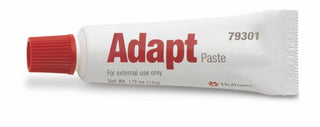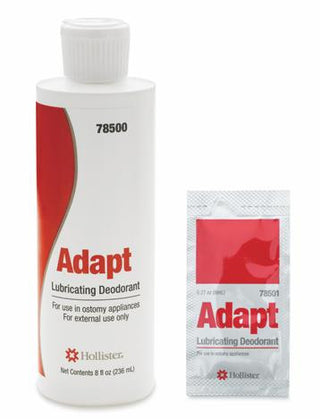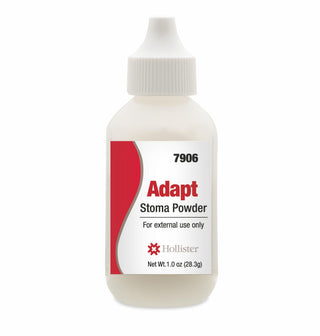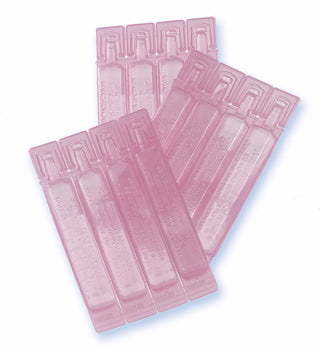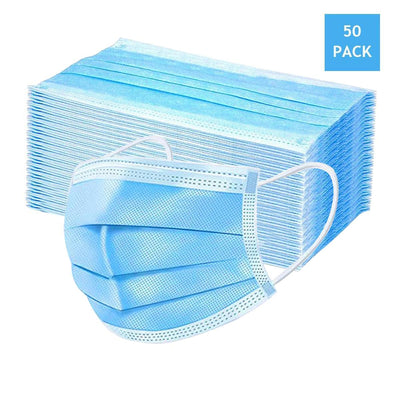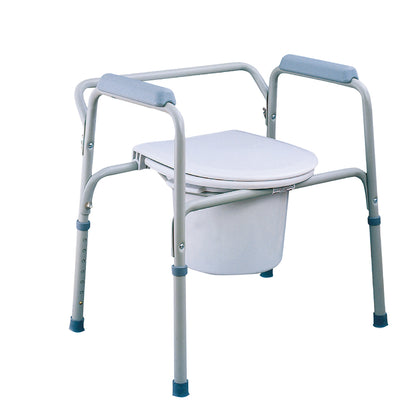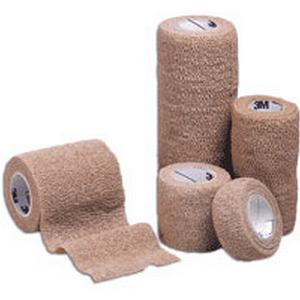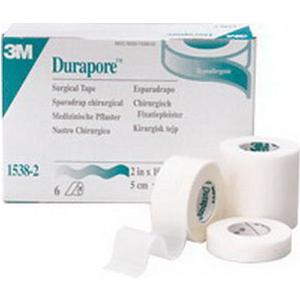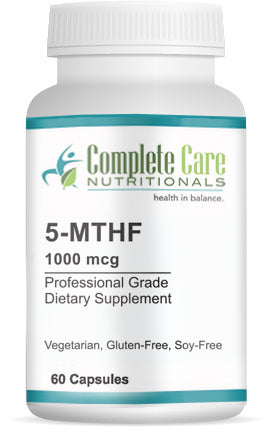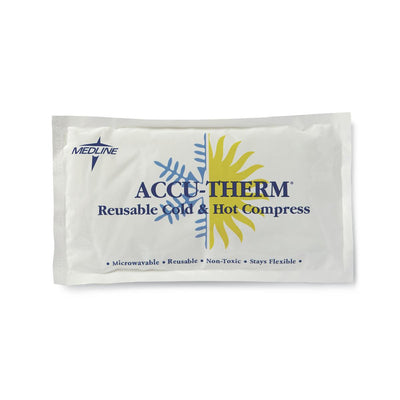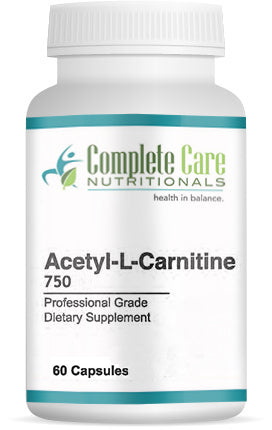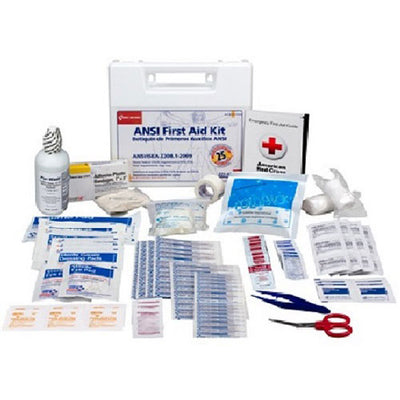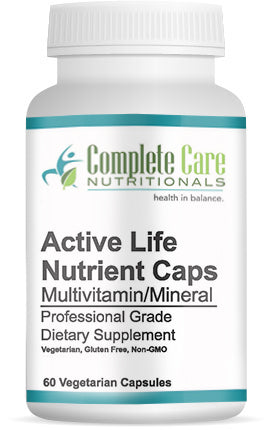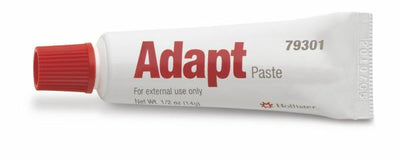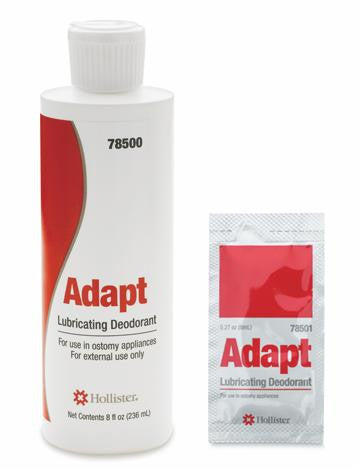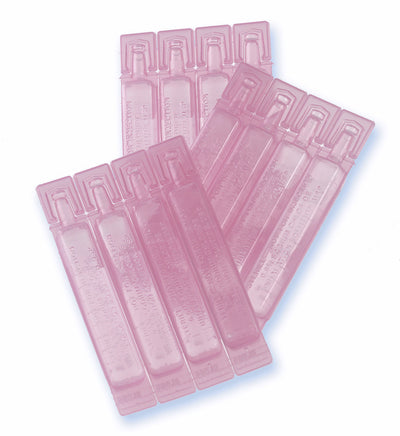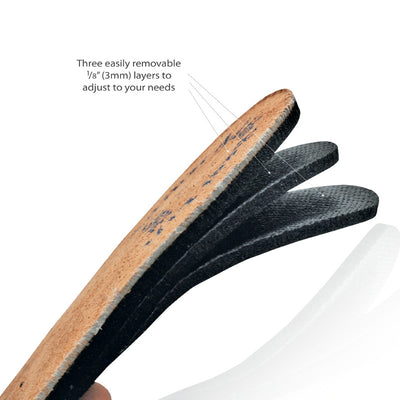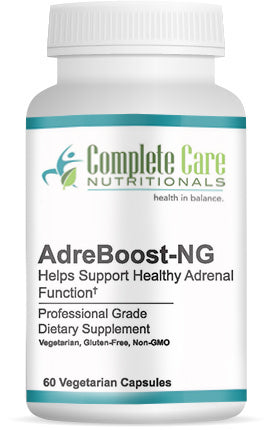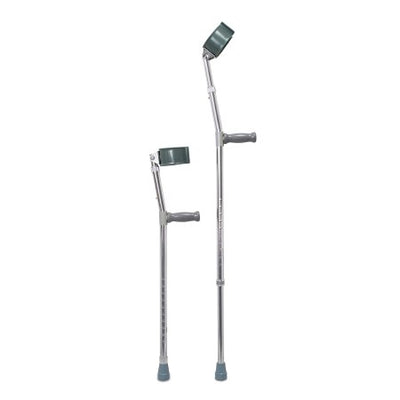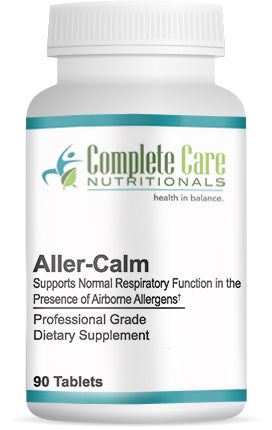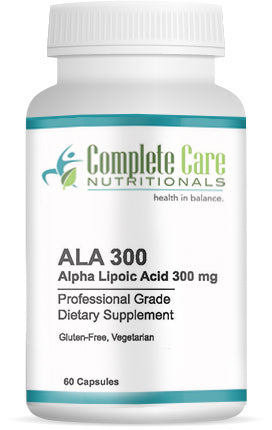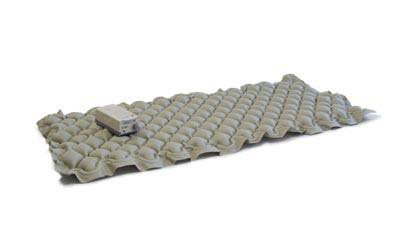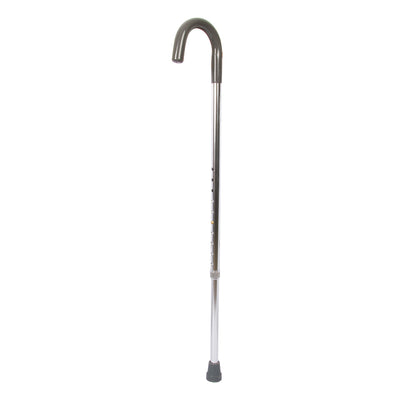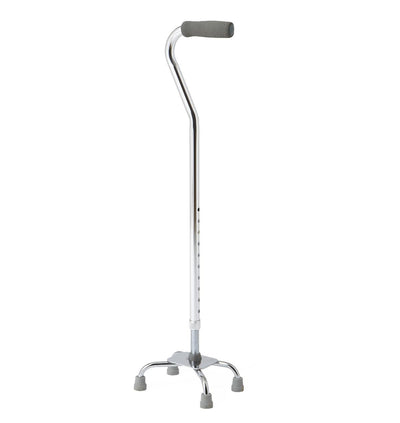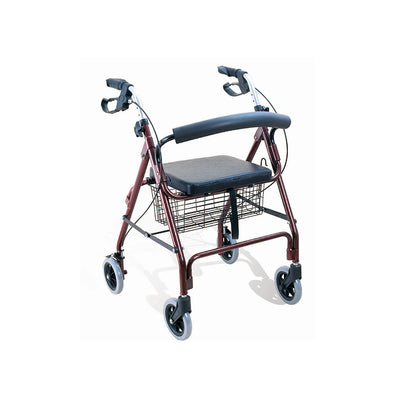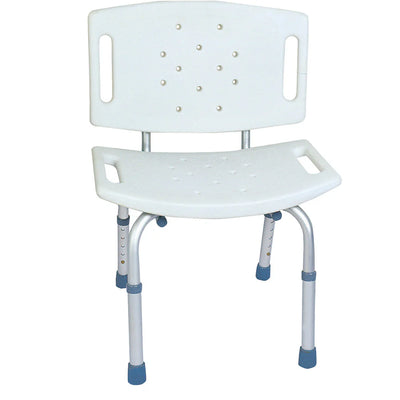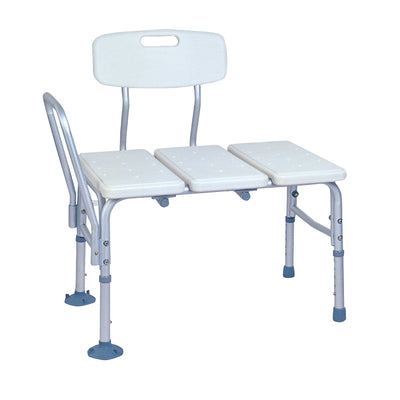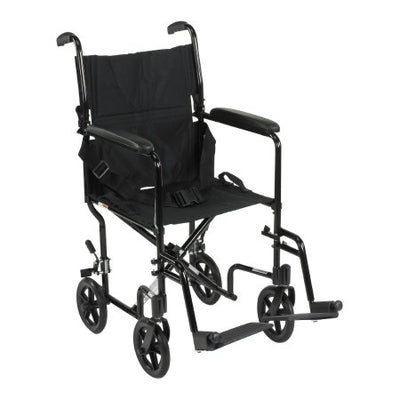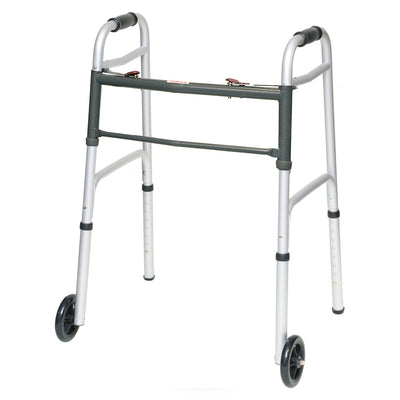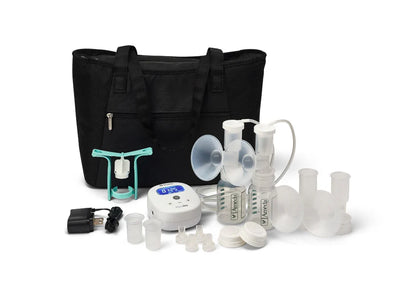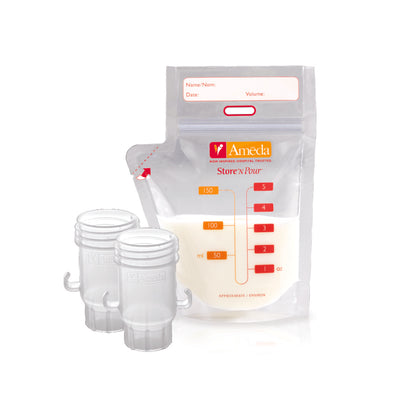With so many unknowns surrounding hurricane season, the only way to be ready is to be prepared. Preparation is especially important if you rely on someone for everyday activities, rely on power for mobility or other medical necessities, have limited mobility, have access or functional needs, need medications and prescriptions to live a healthy life, need medical devices and products for everyday living, or are the caregiver to someone, like children, elderly, people with disabilities or others with access and functional needs. Regardless of your situation, having a plan in place and being prepared for an emergency can save your life and can make recovery easier. Living through Harvey, I saw how important it is to be prepared and how detrimental it can be if not. Harvey was supposed to be a tropical storm and within a blink of an eye turned into a category 4 hurricane. To make matters worse the climate systems stalled the storm over South Texas, kicked it back to the gulf to strengthen, and pulled it back over Texas again. The highest rainfall was recorded at 56 inches, which devastated thousands of homes and left people stranded for days. People were left without access to healthcare, their everyday needs, and left to rely on only the resources they had in their homes. Even when people were rescued, medical services and products were almost impossible to acquire and limited when available. I know how important it is to prepare, so I have put together a guide for preparation along with links and references to valuable information and resources.
It is so important to have a plan for what you are going to do before, during and after a hurricane. One should be prepared before the hurricane season starts but it is never too late to get prepared. Hurricane season for the Pacific starts May 15th and for the Atlantic June 1st so get prepared if you have not done so already.
1) Make a plan
A disaster can affect many aspects of life and often will alter your access to everyday conveniences and emergency care. Everyone has different abilities and needs so it is important to develop a plan that fits each other’s needs. Sit down with whoever you are living with or assisting to prepare a plan that covers all individual’s needs and responsibilities. To make sure you are prepared each individual should take a deep look into their everyday lives to see what their necessities are, to identify each aspect of their daily routine, and plan alternative procedures for each aspect of their daily routine. It is very possible that you will not have access to disaster assistance, a medical facility, or a drug store. In some cases, your medications and supplies may not be able to get to you because either you, the provider, or the distribution services are blocked. You really do not know what you will have access to when disaster strikes so it is important to be prepared for the worst, in case the worst does occur. The following should be considered in your hurricane plan:
- Consider Your Needs and Responsibilities and Create Alternatives, If Possible.
- Think about what modes of transportation you use and what alternative modes are available. If you require accessible transportation, ensure that the alternatives are accessible.
- If you require tools or aids specific for your disability or specific for everyday living than plan how you would function without them and try to identify alternatives, if possible.
- If you rely on self-sustaining services like chemo or dialysis, identify alternative locations and availabilities. Ensure that you have more than one and that some of them are along your evacuation routes.
- Make sure to have extra medical supplies and extra batteries for powered medical equipment. In some cases, you may not be able to get extra supplies so contact your supplier and doctor to discuss options.
- If you have a disability, contact your local emergency management office to be added to their registry for people with disabilities. Ask them what assistance they offer and what you need to know. It is also recommended to have a medical alert tag or bracelet to identify your access and functional needs.
- If you have a service animal or pets their needs must be considered too. Make sure to have their medical records and medications, food and water, collar with ID tag, rabies tag, and leash, familiar items like a toy and treats, and other important documents. Know which local shelters and other places you may be able to evacuate to that are pet friendly. Identify pet friendly hotels, shelters, family or friends, and vets along your evacuation routes. If you do have to leave your pet at home never leave them chained.
- Create Your Network
- If you are planning on needing assistance during a disaster make a list of friends, family, and others who are part of this plan and write them down along with their contacts. It is recommended that some of these individuals live outside of your area so that they will not be affected by the disaster and can still help. Reach out to each person to discuss your plan and if they are willing to be a part of it. If they agree, distribute your plan to each person in your network so they know how you plan on evacuating and where you will be evacuating to. At least one person in your group should have a key and know where and how to use your emergency supplies, lifesaving equipment, medications, and medical devices. Additionally, if you have a disability, contact your local emergency management agency to see if you can be put on their registry for people with disabilities. In some cases, the registries are used to collect planning information and in others they are used to aid in emergencies. Keep in mind that even if registries are used to rescue and assist in emergencies, help could be hours or days away.
- Create a Family Communication Plan
- In some cases, families may not be together when a disaster hits, so it is important to know how to contact each other and the different plans of action. FEMA has a great outline to follow along with a fillable contact page. They suggest that each individual has a copy on them and to practice your plan. The checklist and fillable form can be found, here. There is also a fillable form for your wallet that can be found, here.
- Write Down All Medical Information and Contacts
- This includes medications, health conditions, immunizations, allergies, emergency contacts, your medical equipment providers and suppliers contacts, physician’s contact, and your pharmacy contacts. Keep a copy with you and put one in your emergency kits. United Spinal put together a great fill in the blank form for your wallet, here.
- Plan for Staying put
- If you plan on staying put, make sure you are prepared for all possible events. These events can include flooding, fires, tornadoes, strong winds, power outages, utility shutoffs like water, gas and electricity, and more. You should have a kit in your home and a to-go kit in case of emergencies, details discussed in section 2. Get to know your neighbors and exchange plans and contact information. Know multiple ways of how you, your pets, your kids, and anyone else can escape your home with your emergency kits and supplies, quickly. Some questions to ask yourself:
- 1. If my house starts to flood, how can I escape? How do I stay out of the water?
2. Can everyone escape safely?
3. Are all my important documents, medical supplies and equipment ready to evacuate?
4. If my primary escape route is blocked, what is my other options, and can everyone make it?
5. Where do I go if a tornado hits?
6. Are my house and outside things ready for strong winds? Make sure outside furniture, trinkets and pots are secured or brought in.
7. What is my last-minute evacuation plan, what routes will I take, where will I go? - Your local news, and government agencies will have resources for you in case of an emergency. Usually, your local news will have updates on evacuation routes, road closures, and more during a disaster. Have your plan set and use these resources to choose which evacuation routes to choose from and to make changes accordingly.
- Flood safety. This is important to plan for, even if you are not in a flood zone. Move your valuables and furniture you want to save to higher ground, if possible. You should unplug all your unnecessary electricals to prepare for this, and if flooding is likely to happen unplug all of them. To be extremely safe if flooding is going to occur and water is likely to come in your home, turn off the breaker, do not do so if water is already standing around the box. A free toolkit can be found, here. What to do before, during and after a flood can be found, here.
- Find a safe place to store your car, remember wind driven rain can flood cars too.
- Most importantly, do not stay if government officials say to evacuate or suggest evacuation. During Harvey, by the time mandatory evacuations were issued, it was too late for many people. They were already trapped in their homes by flood waters, some already had 8 feet of water in their homes. Be smart and be aware of the strength of the hurricane and where you are in comparison to where the storm is hitting.
- Plan for Evacuation
- You may have a couple days to evacuate or must evacuate immediately, so having a plan will ensure you can evacuate safely and quickly.
- Identify several locations, in different directions, that you can go to and all the possible routes to get to each.
- Plan to take your pets with you, and if you must leave them make sure they are unchained.
- Leave early enough to not be trapped by severe weather or traffic from everyone leaving at once
- Stay up to date with what local officials are telling you and do not take alternative routes as they could be flooded.
- Make sure to have your emergency kit with you, you definitely will want your go kit easily accessible and your bigger kit already in the car.
- If you have a car make sure it has a full tank of gas, gas stations may be closed or may be too busy. If you do not have a car, make sure you plan how you will leave.
- If you rely on power for everyday assistance, like a powerchair, it is recommended to get out as early as you can.
- Keeping your home safe
- It is important to prep your home whether you are leaving or staying. Make sure your home is in good repair and meets the local hurricane building codes. Declutter drains and gutters and trim the trees. Secure and lock all doors and window. Move in items outside that could be blown away, and secure others. If the storm is projected to be bad enough board all the windows. Keep boarding materials and sand bags on hand in case they are needed. Sand bags can help with flooding if it is minimal enough. In case of flooding or evacuation, unplug everything that could be reached by water. Shutting off the breaker will work, but if there is already water around it, Do NOT Touch! If you do have time and flooding is a possibility, move your valuable belongings and anything you want to save to higher ground. It is extremely hard to do so when water is already coming in your house. It surprised me how quickly the water can come in. I was not prepared for flooding so it added even more stress to the already stressful situation.
- Car Safety
- You should make sure your car is in good working condition and there is no worry of it breaking down. On top of your emergency kit, you should also have a car kit that includes: jumper cables, flares or reflective triangle, car cell phone charger, cat litter or sand for tire traction. Keep your gas tank full. Do not drive through flooded areas and be aware of areas where flood water has receded. Remember 6 inches of water can stall your car and a foot can float many cars.
- Insurance
- Check your insurance coverage to make sure you have enough coverage. Remember flood insurance takes 30 days to be implemented to plan accordingly. This is very important for the recovery stage. Insurance and insurance payouts were some of the biggest challenges people faced after Harvey. In fact, there are still people waiting on payments from their insurance. So, it is important that you know their policies and know how you are covered.
- Just like other forms of insurance flood insurance can be confusing. Check out Bankrate who have experts on hand to discuss everything you need to know about flood insurance, including the different types and what is covered under each. They also provide insight on how to get the best rates in your state. They have a great article covering the basics of flood insurance, that can be found here.
- Documents
- Make sure to have all your important documents secure in a water proof and fire proof container. Make sure to make copies of them and keep them in each of your kits. Check FEMA’s guide out, here.
- Plan your kits, look at number 2 for more information.
It is important to have emergency kits on hand in case of an emergency, especially because you can be left on your own to survive for several days. Being prepared means having your own food, water, and other supplies for at least 72 hours, but some people recommend being prepared for at least 2 weeks. Your items should be stored in airtight plastic bags and the entire disaster supply kit should be stored in one or two easy to carry containers, like plastic bins or duffel bags. To be safe I would create 3 kits: a go kit prepared for 72 hours, a car kit prepared for at least a week, and a home kit prepared for 2-3 weeks. In the go kit I would keep an ‘emergency go’ bag easily accessible and small enough to grab quickly in case of emergencies, like being rescued from your home. In the emergency go, I would keep my important documents, money, identification, medications, medical supplies, your pet’s information and tags, cell phone charger, and however much food and water you can fit.
- Basic needs and other emergency supplies to be added into your kits:
| Basic Disaster Supplies | Additional Emergency Supplies |
|
|
|
|
|
|
|
|
|
|
|
|
|
|
|
|
|
|
|
|
|
|
|
|
|
|
|
|
|
|
- Reference sheets, Emergency contacts, and important documents should be kept in every kit.
- If you are needing additional medications and medical supplies to prepare talk to your doctor or supplier to discuss your options. Sometimes you cannot get even a weeks worth of extra supplies so it is important to plan for it and know where you can get them once you are safe. Tips: doctors usually have stocked sample rooms that they may be able to get you supplies from and call the company that makes your medication as they may be able to help.
- To maintain your kits: keep canned food in cool, dry places, store boxed food in tightly closed plastic or metal containers, store water that is in plastic out of heat, so the plastic doesn’t leach, replace expired items when needed, and rethink your needs every year and make changes accordingly.
3) Be Informed
- Keep a portable battery powered or hand crank radio, with extra batteries, and know the weather stations and local news stations. If you do have access to a TV or smart device stay up to date with the news and apps.
- It is important to know your alerts and warnings and where to look for information when there is an emergency.
- FEMA’s guide to knowing your alerts and warnings can be found, here. This has great resources and suggestions for apps that will send you alerts and warnings.
- NOAA has some great resources for local contacts, websites and additional information. They created information sheets for coastal sections of Alabama, Florida, Georgia, Hawaii, Louisiana, Mississippi, North Carolina, South Carolina, Texas, Puerto Rico, and the U.S. Virgin Islands. Check it out here and make sure to explore the page and the database
4) Send out copies of plan, contact and reference sheets out to everyone in your network.
You should make sure to send a copy of your preparation plan to everyone in your network who will be helping you if there is a disaster, and to the people that you may be staying with if you have to evacuate. They should also receive a copy of your reference and contact sheets so that they can assist you and there will be extra copies of your stuff in case you need them.
Once you do all this you will be better prepared for a natural disaster, but disasters can be very unpredictable. So, always stay informed with you local authorities and weather stations and remember to stay calm and follow your plan. Do more research than just my outline above to ensure you are properly prepared. I used www.ready.gov as an outline and added from my personal experience and outside research to create this post.
Experiencing Harvey, I know how important it is to prepare and to have a plan. Even when a hurricane isn’t supposed to be bad it is always good to know your plan and be prepared for the worst, because you really never know. Remember you could be cut off from disaster assistance, medical facilities, drug stores, medical equipment and products, ability to get more medications and supplies, and really anything that you have not planned for and have with you. You could be trapped in your home for weeks so make sure you have what you need to survive. It is recommended that if you rely on power for assistance in everyday living you should evacuate and try to do so early. It is so important that you are prepared for the worst, you never know what could happen and being prepared will save your life.
Helpful References and Links:
- Fillable medication, contact, and health sheet: here
- NOAA extreme weather information sheet, for local emergency contacts and websites: here
- Hurricane preparedness digital toolkit: here
- Hurricane prep for individuals with disabilities: here
- FEMA app for weather alerts: here
- National Hurricane center: here
- Quick Prep overview for people with disabilities: here.








